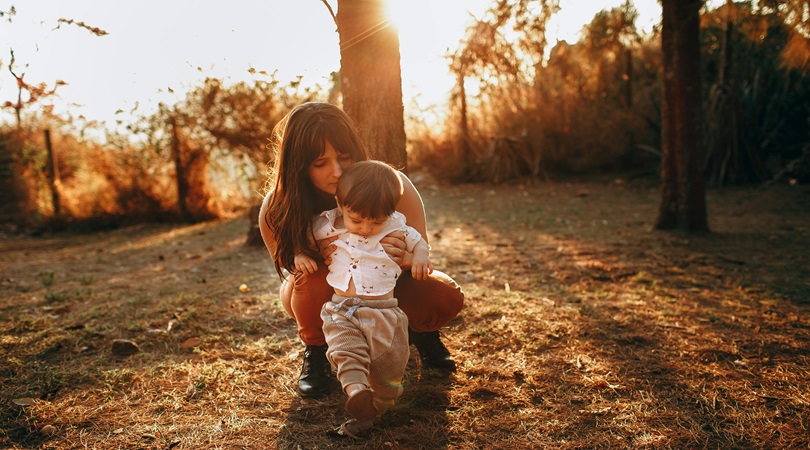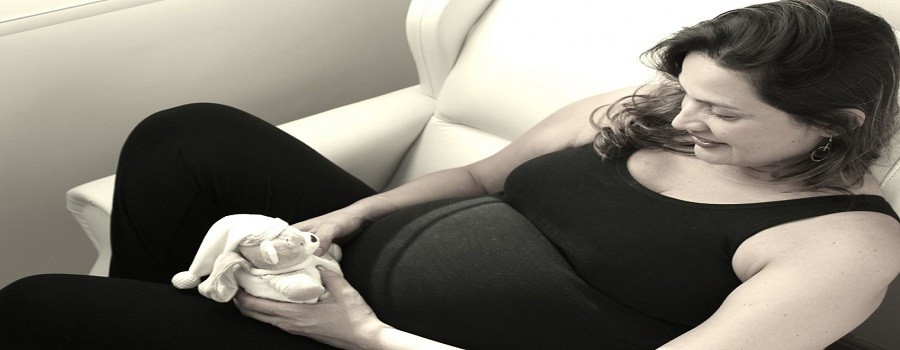Last Updated on February 1, 2025
As parents eagerly await their baby’s first steps, they often wonder when that magical moment will occur. On average, most babies start walking between 9 and 15 months. However, the journey to those first independent steps can vary significantly from one child to another. Many factors, including genetic and environmental influences, contribute to when a baby starts walking. As parents navigate this milestone, considerations such as baby shoes can play a supportive role in helping babies take those crucial first steps.
Genetic factors affecting walking
Genetic makeup plays a significant role in when a baby might start walking. Family history often provides clues; if parents or siblings began walking early or late, the baby might follow a similar pattern. Inherited physical traits, such as muscle tone and body structure, also influence walking readiness. Some babies naturally tend toward stronger leg muscles, facilitating earlier walking, while others may need more time to develop the necessary strength and coordination.
Environmental influences
The environment in which a baby is raised can significantly impact their walking timeline. A home that is both safe and spacious encourages exploration and movement, which can promote walking. The availability of walking aids, such as push toys and supportive Zutano’s baby shoes, can also aid in the transition from crawling to walking. However, it is essential to ensure that these aids do not become a crutch that limits natural development.
Social interactions and daily routines also play a role; babies who spend time with active peers or in stimulating settings may be more motivated to walk. Temperature and climate can influence how often a baby is outside and active, further affecting their development. Creating a nurturing and interactive environment can facilitate walking, allowing babies to progress at their own pace while feeling supported.
Differences in physical development
Each baby develops at their own pace, leading to unique variations in physical growth that affect walking. Muscle strength is essential; some babies naturally develop stronger leg muscles earlier, supporting walking. Conversely, babies with more body weight or height may need additional time to build the muscle strength required to walk independently. Coordination also plays a vital role, as it involves balancing and moving limbs efficiently. Differences in joint flexibility and bone structure can further impact walking readiness. It’s also important to note that some babies may focus on developing other skills, such as speech or fine motor abilities, before walking. Understanding these differences can help parents be patient and supportive of their child’s unique developmental timeline.
Impact of parental support
Parental support plays a crucial role in encouraging babies to walk. Positive reinforcement and encouragement can boost a baby’s confidence and motivation. Guiding practice sessions, where parents gently hold the baby’s hands or provide safe spaces for them to pull up and cruise, can be very effective. Choosing the right baby shoes is also essential during this phase, as they offer support and protection. The shoes should be comfortable, with a good grip and proper fit, to assist rather than hinder walking.
Additionally, creating a stimulating and safe environment at home can motivate babies to move and explore more, facilitating their transition from crawling to walking. Social interactions, such as playdates with peers, can inspire babies to take those initial steps. By providing a combination of emotional support and practical aids, parents can significantly influence their baby’s walking journey.
Social and cultural impacts
Social and cultural expectations can influence parental practices and attitudes toward walking milestones. In some cultures, there’s an emphasis on early walking, prompting parents to take active steps in encouraging their children. This may include more focused playtime to strengthen muscles or use specific types of baby shoes designed for early walkers. Peer presence, such as siblings or children in the community, also plays a role; babies often imitate the actions of those around them, striving to keep up with older children. Cultural norms regarding baby care and daily routines can further impact walking readiness. For example, babies are frequently carried in some cultures, which might delay walking, while others encourage floor play, promoting earlier mobility.
When to consult a professional
If a baby shows no interest in standing, cruising, or attempting to walk by 18 months, it may be wise to seek advice from a pediatrician. Delays in these areas can sometimes signal underlying developmental issues that might benefit from early intervention. Additionally, if a baby appears to have difficulty coordinating movements or shows unusual muscle stiffness or weakness, these could be signs warranting professional evaluation. Pediatricians can provide assessments and recommend tailored strategies to encourage walking. They might suggest physical therapy or specific exercises to help strengthen muscles and improve coordination. Addressing any concerns early can facilitate better outcomes, ensuring the baby receives the support they need to achieve their walking milestones.
The journey to walking is shaped by genetics, environment, and physical development, making each baby’s experience unique. By understanding and respecting their baby’s pace, parents can provide the support needed for this important milestone. Enjoying and celebrating each small step can make this journey even more rewarding.








